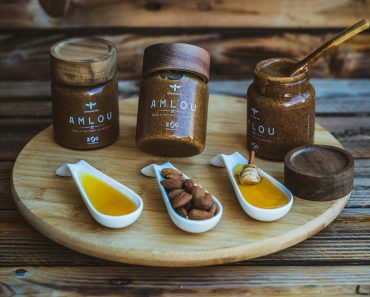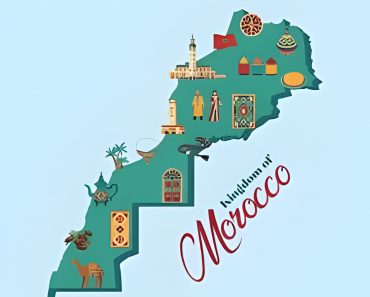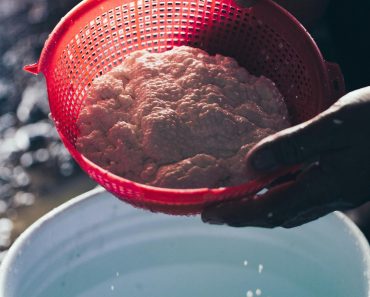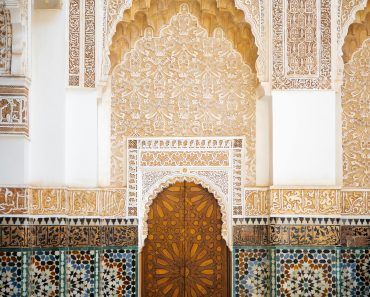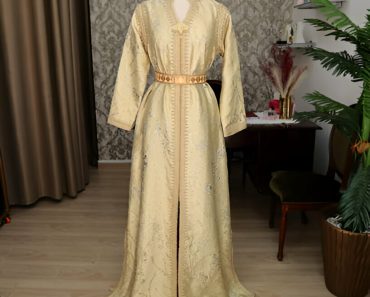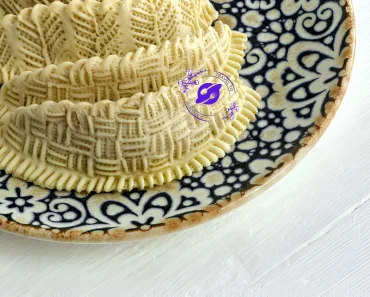Explore the Elegance of Moroccan Salham styles : A Cultural and Fashion Exploration
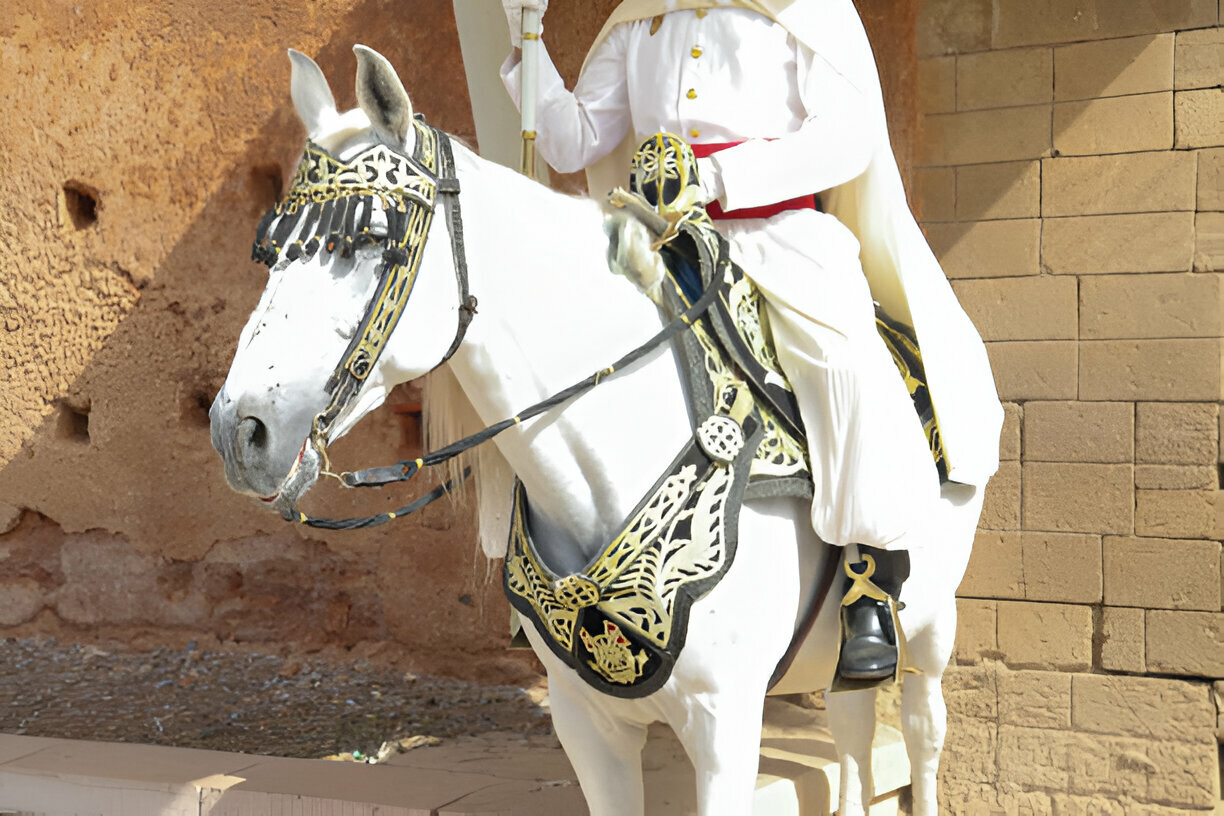
Moroccan Salha
Introduction
Moroccan Salham styles is not just a garment; it’s a profound expression of cultural identity and timeless fashion. This traditional robe, with its rich fabrics and intricate designs, encapsulates the essence of Moroccan heritage. Today, it continues to be a pivotal part of Morocco’s sartorial landscape, revered both at home and internationally.
In a world where fashion and cultural stories are increasingly intertwined, the Moroccan salham stands out. It offers a unique blend of comfort, elegance, and historical significance, making it more than just attire but a piece of living history.
The Historical Journey of Moroccan Salham
The Moroccan salham, often seen draping the shoulders of Moroccan men, has roots deeply embedded in Morocco’s past. Originally designed to protect against the varying climate of the region, the salham has evolved from a functional item into a symbol of status and pride.
-
Pre-20th Century:
Originated as a practical clothing item for the desert-dwelling tribes.
-
Mid-1900s:
Gained prominence as a national symbol during Morocco’s fight for independence.
-
Modern Day:
Continues to evolve with fashion trends while maintaining its cultural significance.
Cultural Significance: More Than Just Clothing
In Morocco, the salham is much more than an item of clothing. It is a garment that carries significant cultural weight, integral to many traditional ceremonies and daily life.
Moroccan salham comes in a delightful array of types, each reflecting the diverse cultural tapestry and regional influences of this vibrant North African nation. One of the most iconic styles is the traditional woolen salham, often seen draping the shoulders of men in rural areas and desert communities. Its thick, insulating fabric provides warmth during chilly evenings and protection from the desert sun during the day. Another popular variant is the silk salham, favored for its luxurious feel and intricate designs, commonly worn on special occasions like weddings and religious festivities. For those seeking a more casual yet stylish option, the cotton salham offers a lightweight and breathable alternative, perfect for everyday wear in Morocco’s warmer climates. Additionally, the modern salham has seen adaptations to suit contemporary fashion tastes, with tailored cuts and innovative fabric choices appealing to a younger generation of Moroccans and fashion enthusiasts worldwide. Whether steeped in tradition or embracing modern trends, the diverse types of Moroccan salham encapsulate the essence of Moroccan culture and its enduring influence on global fashion.
-
Weddings and Ceremonies:
Worn as a sign of respect and formality.
-
Religious Events:
Used in spiritual gatherings, emphasizing modesty and decorum.
-
Festivals:
Showcases the vibrant diversity of Moroccan textile craftsmanship.
Each of these uses underscores the salham’s role in Moroccan culture, reinforcing its presence as an enduring cultural icon.
Regional variations in style and design
The Moroccan salham varies greatly depending on the region, reflecting the diverse cultural landscape of Morocco. In the northern parts, such as Tangier and Tetouan, the salham often features lighter fabrics and brighter colors to echo the coastal environment. These lighter versions are both practical for the mild climate and symbolic of the region’s historical Mediterranean influences.
Moving to the south, especially in cities like Marrakech and Sahara areas, the Moroccan salham adopts heavier materials and darker shades. These changes cater to the colder desert nights and often include intricate patterns that tell stories of the local tribes and their histories. The design here focuses more on functionality and protection from the elements, while still maintaining aesthetic elegance.
In the central regions like Fes and Meknes, the Moroccan salham showcases more luxurious fabrics such as silk and velvet, detailed with fine embroidery. This style is often reserved for special occasions like weddings and religious celebrations, highlighting the region’s reputation for skilled craftsmanship and rich cultural festivities. Each piece serves as a status symbol and a display of local artistry.
Artisan Craftsmanship: The Making of a Salham
The creation of a Moroccan salham is a labor of love, steeped in tradition and skilled artistry. Here’s a glimpse into how these magnificent garments are made:
-
Selecting the Fabric:
Commonly, materials like wool, cotton, and silk are chosen for their comfort and adaptability to Morocco’s climate.
-
Dyeing and Decorating:
Natural dyes are preferred, which lend the fabric rich, deep colors that symbolize various local elements.
-
Sewing and Finishing:
Artisans, often skilled tailors from generations of craftsmen, hand-sew the garments, adding personalized touches for custom orders.
Modern Influence and Styling
Today, the Moroccan salham has permeated global fashion scenes, appearing in international fashion shows and being adopted by fashion enthusiasts worldwide.
-
Traditional vs. Modern Styling:
While traditionally worn loose and flowing, modern adaptations are often fitted and paired with contemporary clothing items like jeans or formal trousers.
- Celebrity Influence:
Notable figures in fashion have been spotted in variations of the salham, which has helped in its global resurgence.

Moroccan Salham
-
International Sales:
With the rise of online shopping, Moroccan salham are now more accessible to a global audience, which has increased their popularity.
Where to Buy and What to Look For
If you’re considering purchasing a Moroccan salham, here are key points to consider:
- Quality of Fabric:
High-quality materials ensure both comfort and durability.
- Authenticity:
Look for garments that are certified as authentic Moroccan products.
- Artisan Link:
Buying directly from artisans supports local industries and ensures craftsmanship authenticity.
Purchasing Locations
-
Local Moroccan Markets:
Souks and local shops offer the most traditional purchasing experiences.
-
Online Platforms:
Several websites specialize in Moroccan clothing, providing worldwide shipping.
-
Marrakech Souks:
Dive into the bustling markets of Marrakech for a variety of handmade sakhams, where artisans sell directly to the public.
-
Fes Medina:
Known for its rich history in textile production, Fes offers high-quality salhams with intricate embroidery.
-
Casablanca Boutiques:
Explore modern and traditional designs in Casablanca’s chic boutiques, ideal for those looking for a contemporary twist.
-
Online Stores Specializing in Moroccan Wear:
